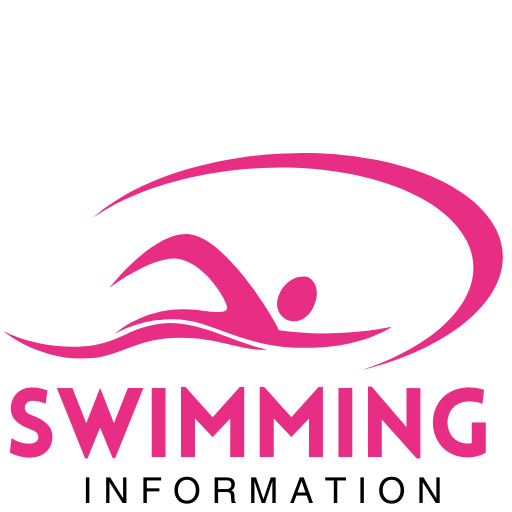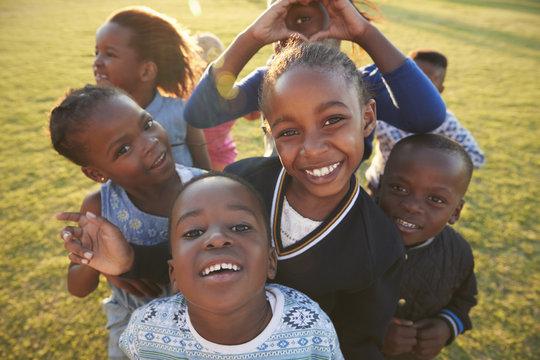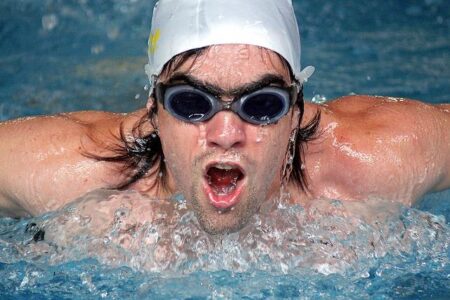Black children in the United States face a disproportionately high risk of drowning, with statistics showing they are twice as likely to drown compared to their white peers. In response to this troubling disparity, a nonprofit organization is stepping up to bridge the gap by providing free swim lessons to Black communities. This initiative aims to equip children with essential water safety skills and reduce the alarming rates of drowning, highlighting the critical need for accessible swim education nationwide.
Disparities in Swim Safety Highlighted by Rising Drowning Rates Among Black Children
Recent studies reveal a stark and troubling reality: Black children are twice as likely to drown compared to their white peers. This alarming disparity stems from a combination of factors including limited access to swimming facilities, historical segregation in aquatic spaces, and fewer opportunities for formal swim education. Experts emphasize that the lack of swim skills is not a reflection of interest but rather the result of systemic barriers that have long prevented equal access to water safety programs. The consequences are devastating, with drowning remaining a leading cause of accidental death among Black youth nationwide.
Addressing this public health crisis requires targeted intervention. Organizations dedicated to closing the gap have stepped up by offering free swim lessons and community outreach initiatives. These programs focus not only on developing swimming competence but also on educating families about water safety practices. Key components of such initiatives include:
- Community-based swim classes tailored for beginners of all ages
- Parent and caregiver workshops on water supervision
- Partnerships with schools to integrate swim education into physical curricula
- Providing safe, accessible pool environments in underserved neighborhoods
| Demographic Group | Drowning Rate (per 100,000) | Access to Swim Lessons (%) |
|---|---|---|
| Black Children | 2.5 | 30% |
| White Children | 1.2 | 65% |
Community-Led Initiatives Provide Accessible Swim Lessons to Address Lifesaving Skill Gaps
Addressing the stark disparities in drowning rates, several grassroots organizations have mobilized to make swimming lessons accessible and culturally relevant to Black communities. These programs emphasize inclusivity by offering free or low-cost swim lessons within local neighborhoods, schools, and community centers. The goal is to empower children with critical water safety skills while dismantling barriers such as transportation, cost, and lack of representation in swimming programs. Instructors often come from the communities they serve, creating a relatable and encouraging environment that fosters trust and consistent participation.
Key features of these initiatives include:
- Flexible scheduling to accommodate school and family commitments.
- Family engagement events to raise awareness about water safety.
- Partnerships with local pools to provide safe and accessible facilities.
- Mentorship from Black swim coaches to inspire confidence and cultural pride.
The impact of these programs is measurable. A recent community survey indicated a 40% increase in basic swim proficiency among participating youth within six months. Below is a snapshot of program outcomes compared to non-participating peers:
| Metric | Participants | Non-Participants | |||||||||||
|---|---|---|---|---|---|---|---|---|---|---|---|---|---|
| Basic Swim Proficiency | 82% | 42% | |||||||||||
| Comfort in Water | Experts Advocate for Increased Funding and Awareness to Combat Swimming Inequities Leading authorities in public health and aquatic safety highlight the urgent need for expanded financial support and widespread educational campaigns to address significant disparities in swimming proficiency among Black children. With drowning rates shockingly higher in Black communities, experts emphasize that access to swimming lessons is not merely a recreational benefit but a critical life-saving intervention. Advocacy groups urge policymakers to prioritize funding for community swim programs, especially those offering free or low-cost lessons targeted at underserved areas. In addition to financial investment, raising public awareness about swimming inequities remains a cornerstone of proposed solutions. Awareness initiatives aim to dismantle historical barriers by promoting swim education as a vital skill rather than an exclusive sport. The following table displays key disparities alongside recommended actions advocated by experts:
In RetrospectAddressing the troubling disparity in childhood drowning rates is a crucial step toward ensuring safer communities for all children. By providing free swim lessons, organizations highlighted in this report are making tangible strides to close the gap and save lives. Continued support and awareness remain essential as efforts to improve water safety and accessibility gain momentum nationwide. Add A Comment |





